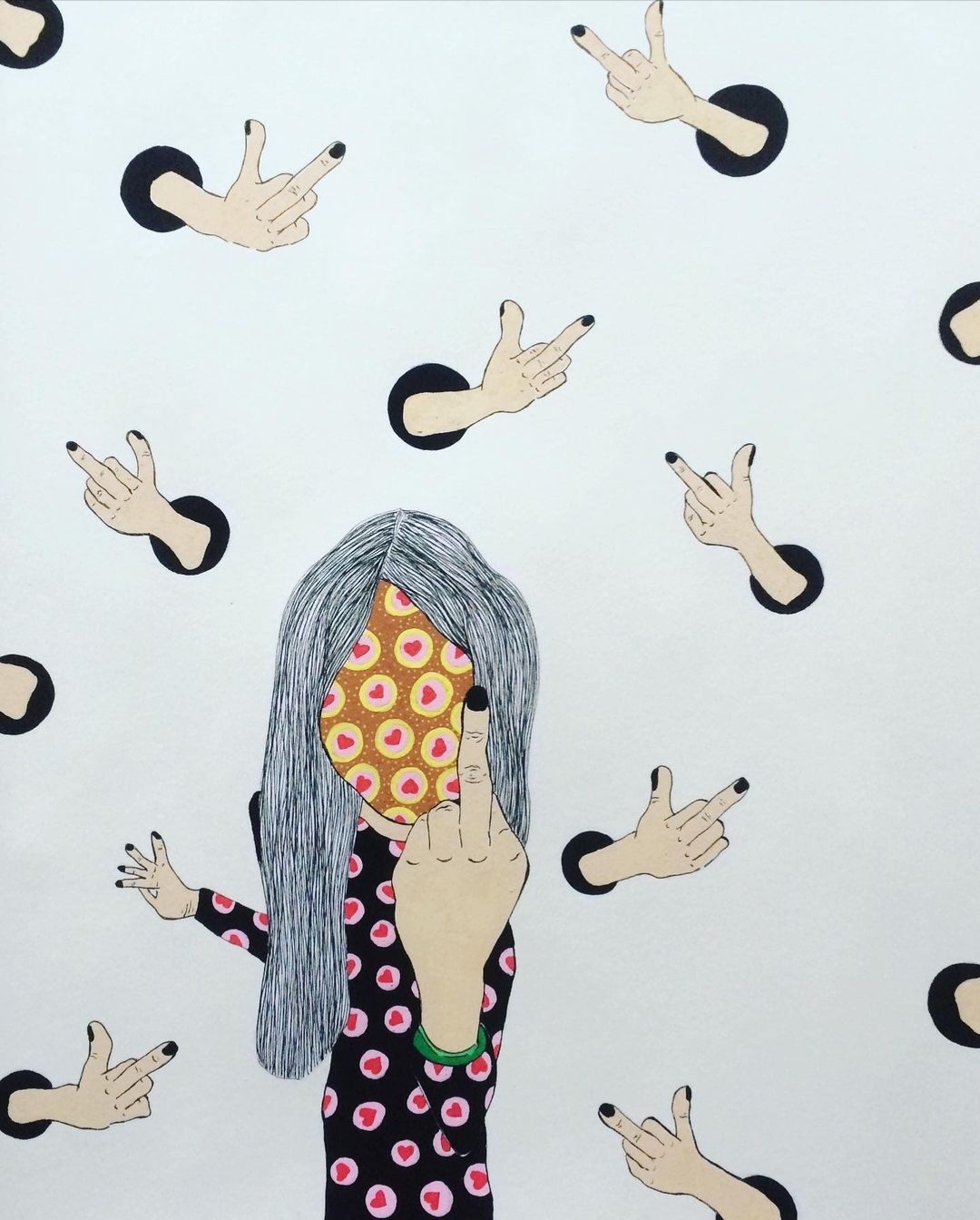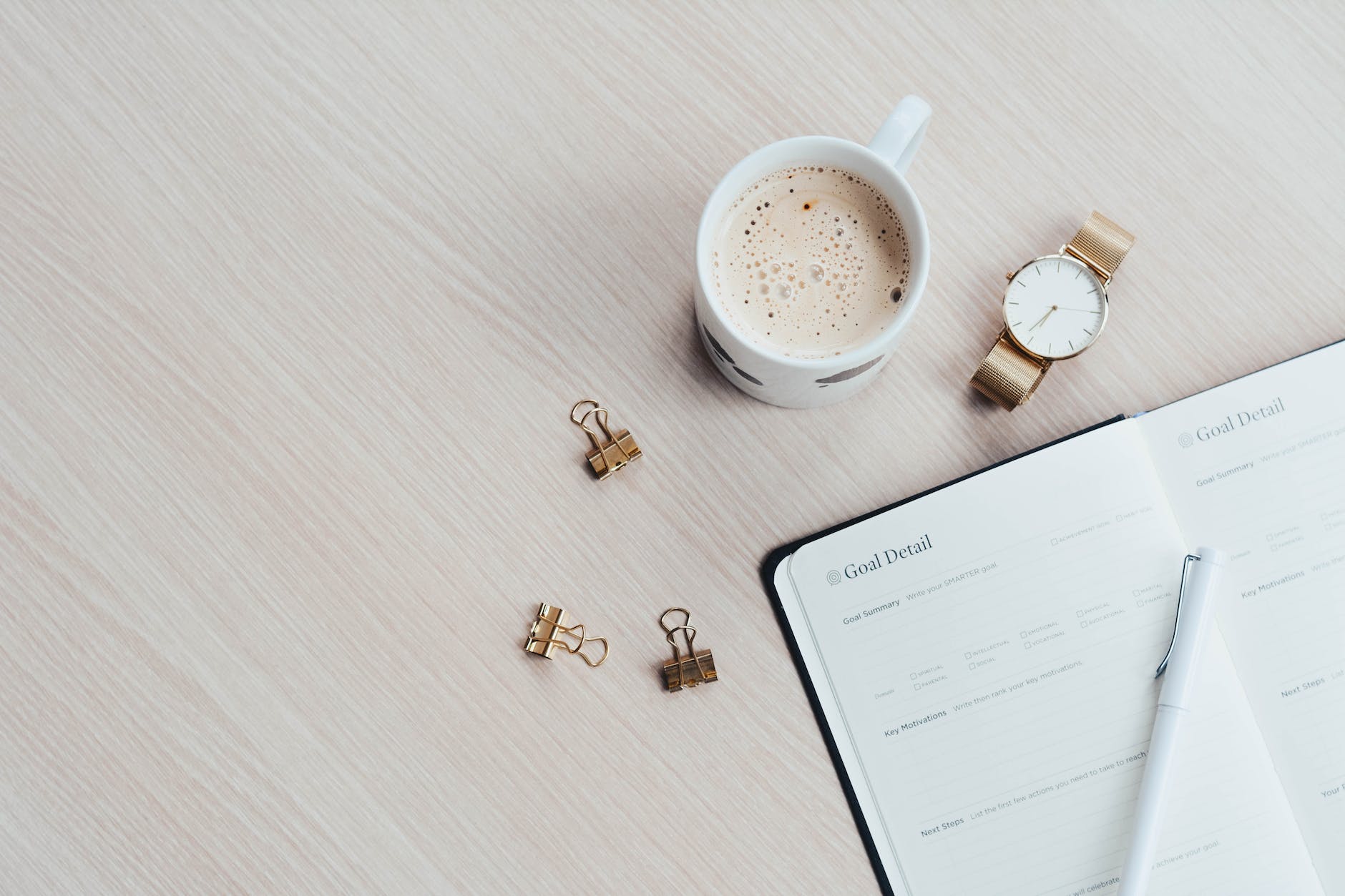We have all heard the expression “she’s a hand talker”, or “she talks with her head.” Reality is, we all talk with not only our hands but with our whole bodies. In this post I will go over how learning more about body language could help us to communicate better.
We use gestures to enhance the message we are trying to get across. A lot of the time we do it subconsciously, that’s why we can sometimes tell that someone is lying: their words say one thing but their gestures, another. The body never lies.
Like I have talked about in a different post before discussing body language, there are so many subtle ways to get a message across without words even being permitted. The context of the gestures we use determines the meaning behind it. For example, if you are in a setting with a loved one, or a new date, leaning in close to them might be shown as a sign as affection but when it comes to business, usually when someone leans into someone else’s space, it is a form of aggression. Different gestures can take on entirely different meanings.
Most encounters start with the handshake. We are taught at a young age that we must have a firm handshake. It sets the tone for the conversation and shows what type of person we are. Are we timid, shy? Or are we confident and hold our heads up proud of who we are?
During the Clinton-Lewinsky media fest, Newsweek magazine reported: “Among staffers at the White House, where she arrived in June 1995, Monica Lewinsky was known as ‘clutch.’ If an important person shook her hand, she wouldn’t let go. Her determination to enter the inner sanctums of the White House was exceptional, even among other starstruck young interns.”
I am not sure of the legitimacy of that claim but I do know the power of the handshake. It is the first form of intimacy that two people share. It sets the tone for the meeting usually, we don’t want to seem weak and vulnerable nor be manipulated by our first touch. A lot of people will try to use the “I’m the boss here, I am tougher than you” approach and may try to intimidate you right off the bat, starting with the handshake. I am sure we have all had someone who tried to dominate us while shaking our hand, by gripping our hand tight or trying to make sure his hand is pressed down over ours.
These sort of hand-shakes do not make us feel welcome, or as if we just made a connection with the person. Instead it seems more like we are being put in our place right at the beginning of the encounter and told to stay there. Limp and weak handshakes are off-putting as well because they give the impression of insecurity which may make the other person extremely uncomfortable because they are unsure of how to accommodate us. Instead, the average handshake should be just under three seconds, firm, our palm should meet the other person’s palm and the shake should be comfortable. Our whole body should be facing towards the person we are shaking hands with and our whole arm should shake with our hand as well.
In my other post about body language, I talked more about the truth behind the subtle facial expressions we make but in this post I want to talk more about the anatomy of gestures, focusing more on the body.
Crossed arms: “Get out of my space.”

When we cross our arms it may act as a form of comfort to us, as we use our arms to shield our bodies, but it only makes us seem shut off and defensive to others. Placing our arms at our sides while conversating with someone will help show that we want to be having this conversation and that we are comfortable doing so.
The chop: “No way.” “My way.” “This is how it is.”

This gesture is most used from people who are in charge. It is commonly used when someone is getting straight to the point, telling it how it is and usually seen as aggressive. Only the boss, the authority figure, or the high-paying customer will be able to get away with this gesture. It is easier to get along with people without using this aggressive approach but instead doing the same motion but with an open palm on top of another open palm.
The shoulder shrug: “I don’t know.”

Most of the times when we shrug our shoulders we are displaying that we are unsure of something or of what someone is saying. The message of this gesture implies uncertainty. We don’t even realise we are doing it sometimes but this gesture is an attempt to make ourselves look vulnerable and weaker, therefore more forgiving. We also use this gesture sometimes when making a positive statement. “Oh, I totally remembered to lock the doors before I left the building.” Followed by big shrug, shows self-doubt. Our words are saying one thing, while the gesture we make, shows another.
Steeple: “I am in control.”

In this gesture our fingertips are together, pointing up like a steeple. It is usually used by a person in authority and shows confidence. It sometimes portrays someone’s position in a social gathering. You may have a peer who has more money than you and thinks he is smarter, therefore may use this gesture in a simple social interaction. You may see your general manager use it when talking to his employees but not around the owner of the business, the corporate manager.
The pointed finger: “Stop.” “Go.”

Depending on how it is done, the point could be a tool for either building or destroying rapport. If you are pointing away from someone, using the point either to direct someone’s gaze, to emphasize a point, or to help someone understand a concept, that’s fine. However, usually finger pointing is a universal symbol of aggression. While in a debate or not, no one appreciates a finger pointed in their face, making them feel inferior.
Often the finger point is used by someone who is lying or exaggerating his anger in order to divert attention. It’s a sign of anger as well as eagerness to lead someone in the opposite direction, not a sign of honesty.
Palm’s Down: “This is the way it is, and this is how it’s going to be.”

Palm’s down demonstrates that you are in control.
This gesture trivializes the other person’s contributions, and it may make you appear condescending.
Hand’s behind the back: “You don’t intimidate me.”

Usually when you assume this posture, you are also saying to another person that he is no threat to you, and you are no threat to him you are exposing your entire body without fearing an attack. It demonstrates confidence and superiority.
Put both hands behind your back. Make eye contact, smile. Without the smile this gesture could be read as a warning not to come any closer.
Hand’s in pockets: “I’m not open.”

A lot of the times, this position is a comfortable pose for men; however, it comes across as being insecure or secretive. The impression is that the person is hiding something. Had’s are typically the way we communicate, so when we hide the,, in essence we partially stop communication. Keep them out to demonstrate your personality.
Nail biting: “I’m insecure.”

Just like picking your fingernails or biting your lip, biting your nails proves you are nervous or insecure.
Palm’s up: “Hey, here I am, nothing to hide.”

This is a “trust me” gesture, and thus a favourite among dishonest people trying to scam you. You are asking to be believed instead of insisting that you are telling the truth; therefore an upward palm would mean that you are insecure about your own answer.
Of course, an open palm can also be a gesture that demonstrates submission, goodwill, and openness. You should read it accordingly unless you have reason to assume otherwise.
I have only discussed a short list of varied gestures but the list goes on and on. Learning how to use these gestures properly as well as learning to read them when other people are using them, is essential when it comes to communication. Whether it be business or personal, reading gestures the wrong way could easily cause miscommunication and unnecessary turmoil that could have easily been avoided.
To learn more about the anatomy of gestures, please check out the book by Tonya Reiman called The Yes Factor: Get What You Want. Say What You Mean.
It teaches us to communicate in a way that allows us to get whatever it is we need from the people around us. A lot of it really has to do with tone, attitude, body language and gestures. Once we learn more about how to read and use these skills to our advantage, life really does seem to get a lot easier, with less confusion and more action.
Art by:
If you are interested in reading about a variety of different subjects such as mental health, inside the minds of disturbed artists, the importance of being an introvert, importance of body language and non-verbal communication, the importance of mental rehearsal and imagery, the power of our minds, mindfulness, metaphysics and the cosmic world and how all the great genius’ of the past have tapped into this power to achieve seeming miracles, addiction, abuse, the effects loneliness and so much more, please check out some of my other posts:





great post